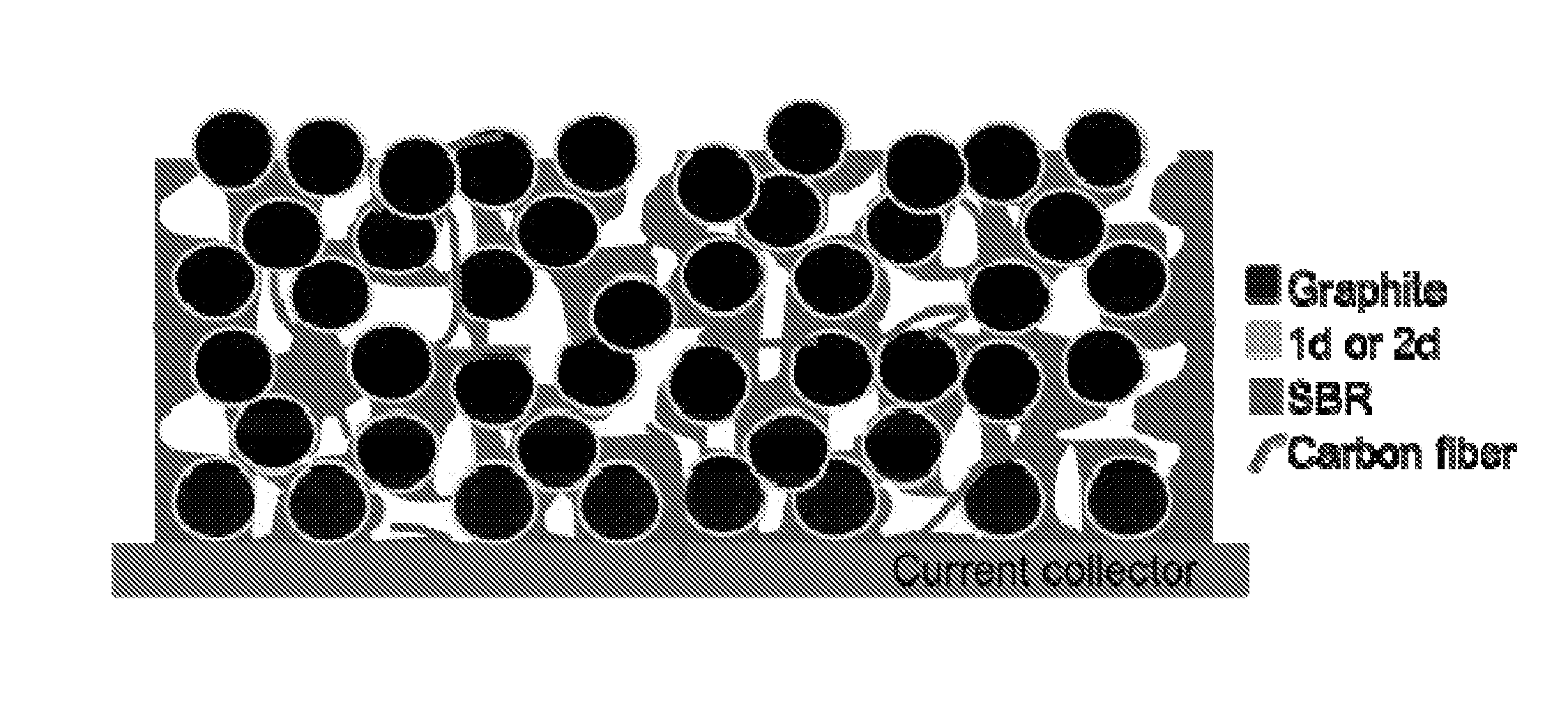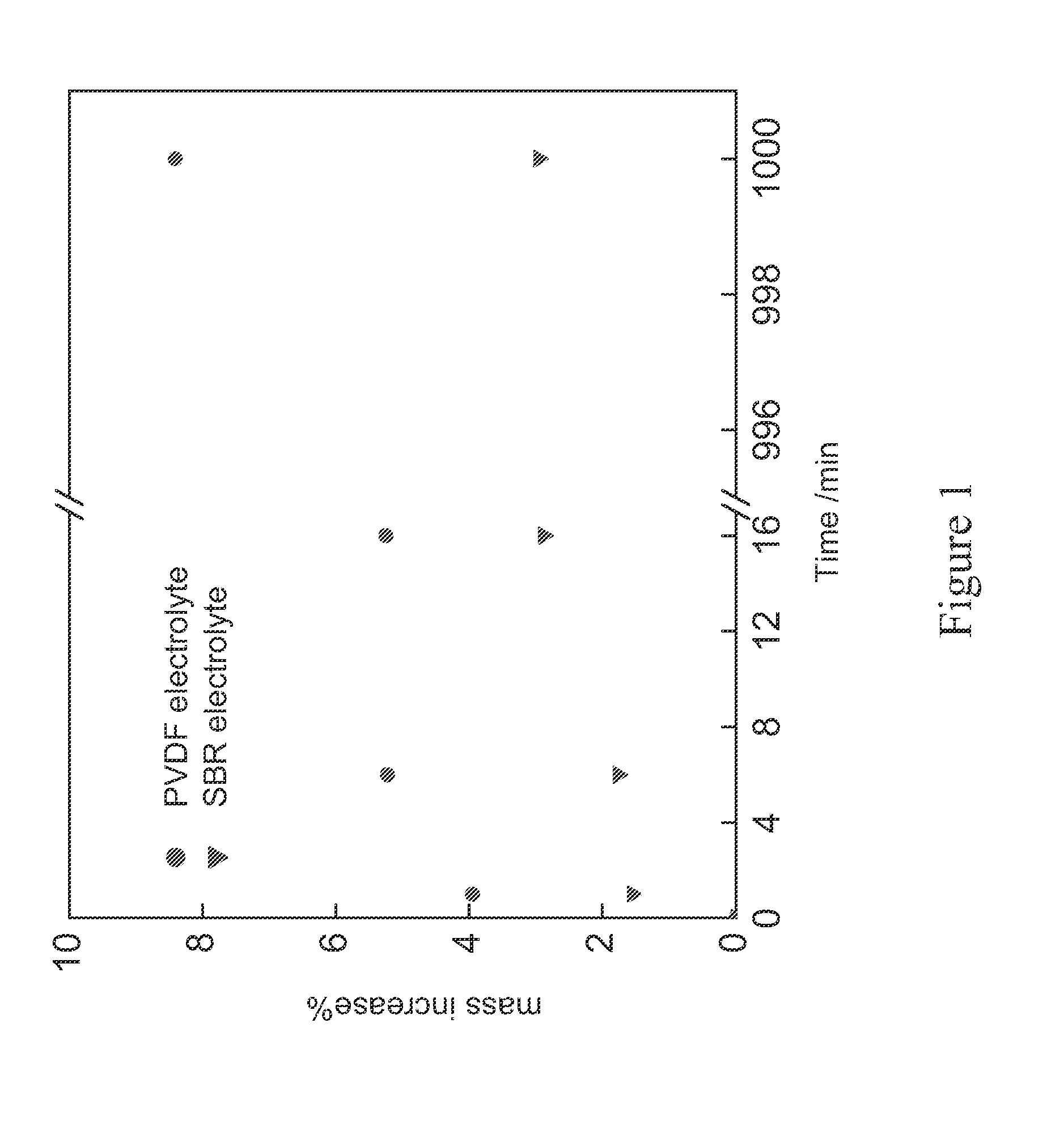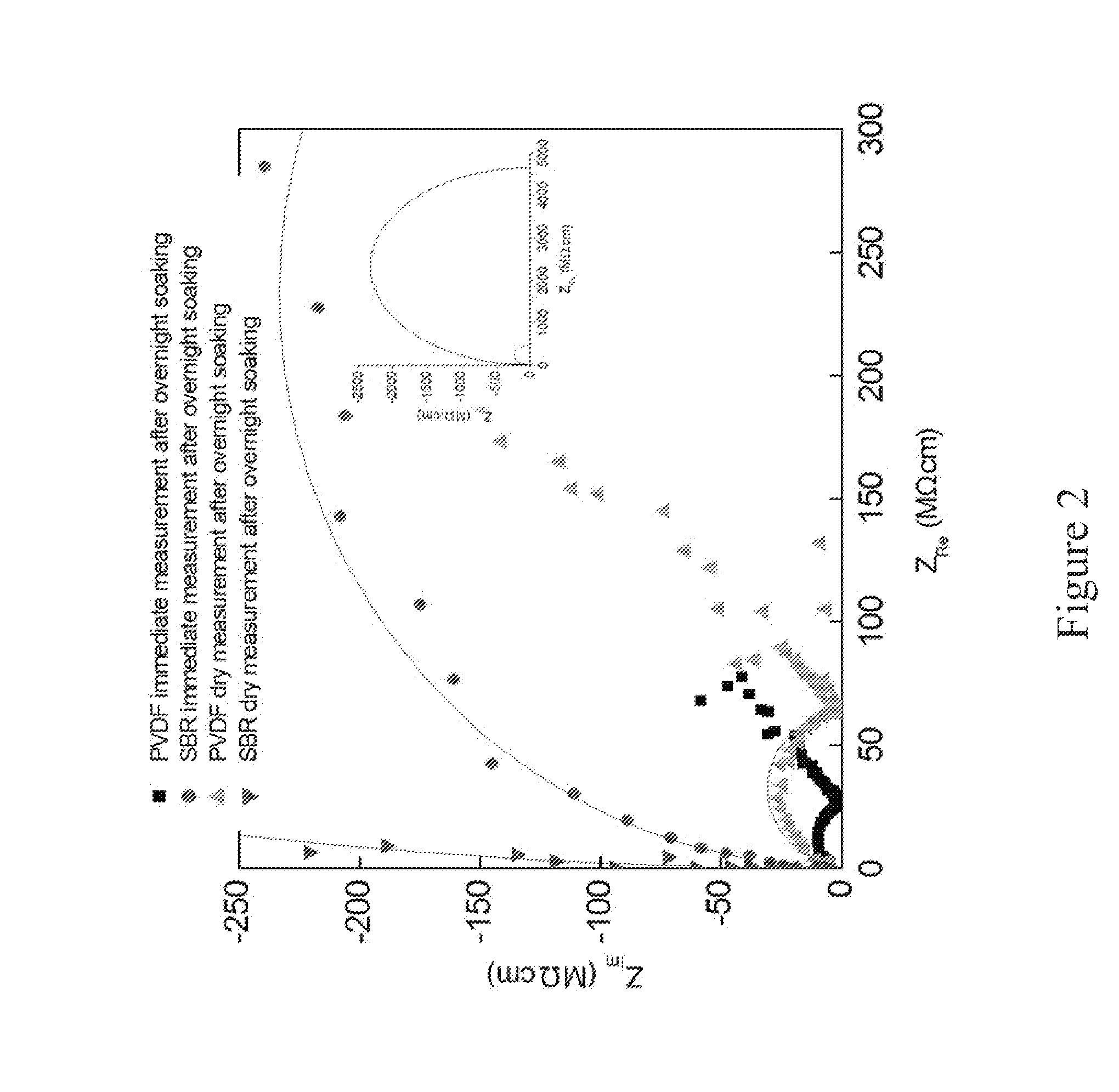Lithium metal doped electrodes for lithium-ion rechargeable chemistry
a lithium-ion rechargeable chemistry and metal-doped electrode technology, applied in the field of lithium-ion batteries, can solve the problems of silicon's potential in broad commercial applications, capacity fading, and difficulty in meeting the increasing demands for advanced energy storag
- Summary
- Abstract
- Description
- Claims
- Application Information
AI Technical Summary
Benefits of technology
Problems solved by technology
Method used
Image
Examples
Embodiment Construction
[0037]In the discussions that follow, various process steps may or may not be described using certain types of manufacturing equipment, along with certain process parameters. It is to be appreciated that other types of equipment can be used, with different process parameters employed, and that some of the steps may be performed in other manufacturing equipment without departing from the scope of this invention. Furthermore, different process parameters or manufacturing equipment could be substituted for those described herein without departing from the scope of the invention.
[0038]These and other details and advantages of the present invention will become more fully apparent from the following description taken in conjunction with the accompanying drawings.
[0039]Polyvinylidene difluoride (PVDF) has been the widely used binder material for both cathode and anode electrodes. However, the cost of PVDF binder is significantly higher than a styrene-butadiene rubber (SBR) polymer binder. ...
PUM
 Login to View More
Login to View More Abstract
Description
Claims
Application Information
 Login to View More
Login to View More - R&D
- Intellectual Property
- Life Sciences
- Materials
- Tech Scout
- Unparalleled Data Quality
- Higher Quality Content
- 60% Fewer Hallucinations
Browse by: Latest US Patents, China's latest patents, Technical Efficacy Thesaurus, Application Domain, Technology Topic, Popular Technical Reports.
© 2025 PatSnap. All rights reserved.Legal|Privacy policy|Modern Slavery Act Transparency Statement|Sitemap|About US| Contact US: help@patsnap.com



